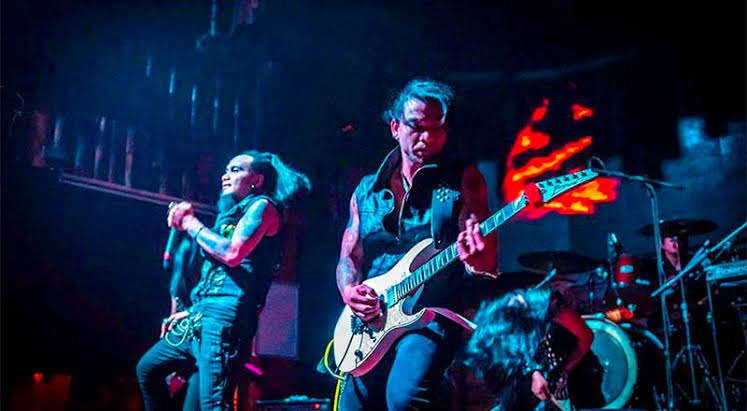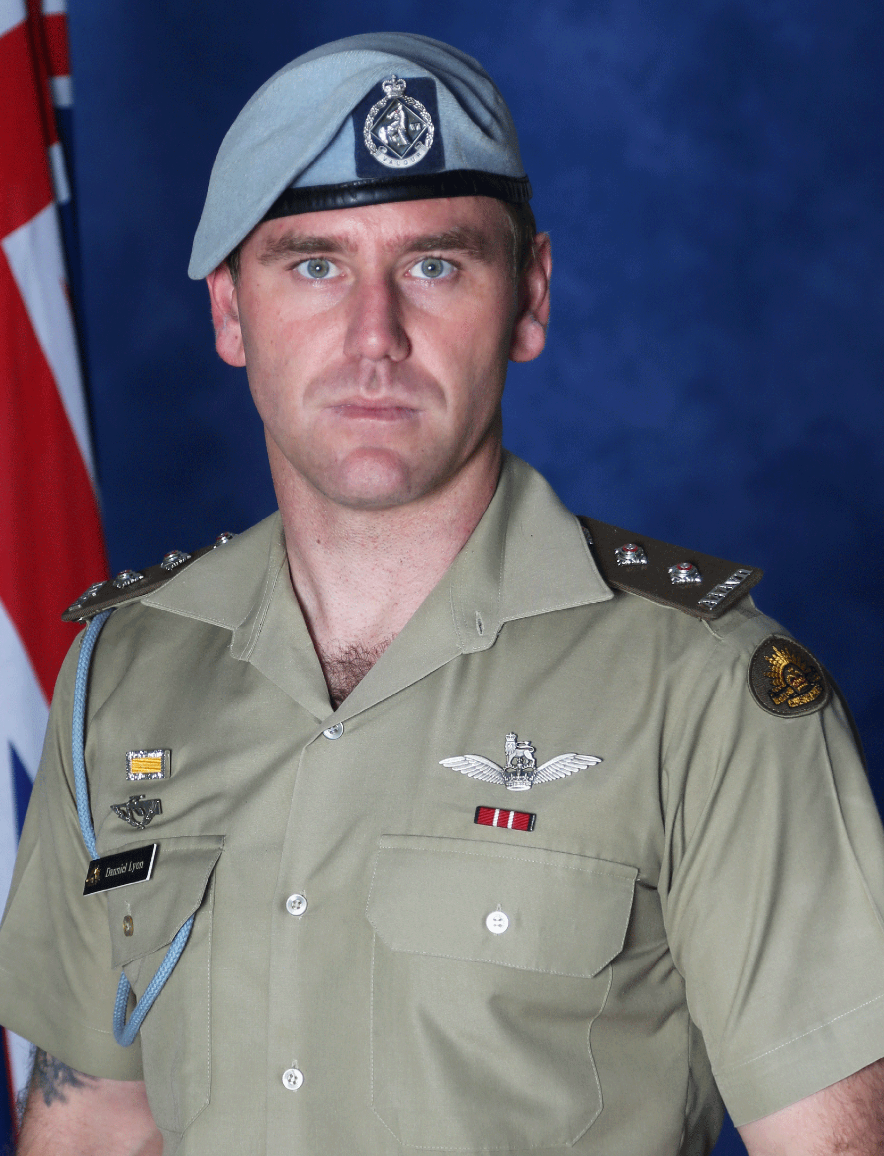
A last second evasive manoeuvre by an Army pilot saved the lives of four other airmen, according to military air safety investigators.
A last second evasive manoeuvre by an Army pilot saved the lives of four other airmen, according to military air safety investigators.
The Defence Flight Safety Bureau found that Captain Danniel Lyon, who died along with three others in a July 2023 Taipan helicopter crash off Hamilton Island, managed to avoid a mid-air collision despite knowing his own aircraft was "unrecoverable".
The DFSB has blamed spatial disorientation for the fatal Army helicopter crash, with Defence investigators also concluding it was "unlikely" a hi-tech helmet used by the pilots for night-time flights contributed to the disaster despite the equipment's clear "hazard".
"It's getting dicey," Captain Lyon is recorded telling co-pilot Lieutenant Max Nugent in the cockpit voice recorder, five seconds into a left-hand turn in staggered formation with three other Taipan MHR-90 helicopters.
Their chopper, codenamed Bushman 83, had just flown into rain showers and Lyon had taken the controls from Nugent in response to the poor conditions at 10:33pm and 34 seconds.

"I'll just get around the corner for you mate… while we're dealing with the rain shower," he tells Nugent.
At 10:36:04, two and a half minutes after Lyon took the controls of Bushman 83, it started to climb, from 224ft to a maximum of 362ft, 14 seconds later.
Nine seconds into the climb, with the Taipan at 320ft, Nugent says to Lyon: "Have you still got em?" referring to Bushman 82, the aircraft flying ahead of them in the formation, to the right.
Lyon replies calmly: "Yeah, still get em mate."
DFSB investigators believe it was at this point that Lyon lost sight of Bushman 82. He quickly rolled the aircraft 31 degrees right before quickly rolling back left 8 degrees to establish a visual of the other aircraft.
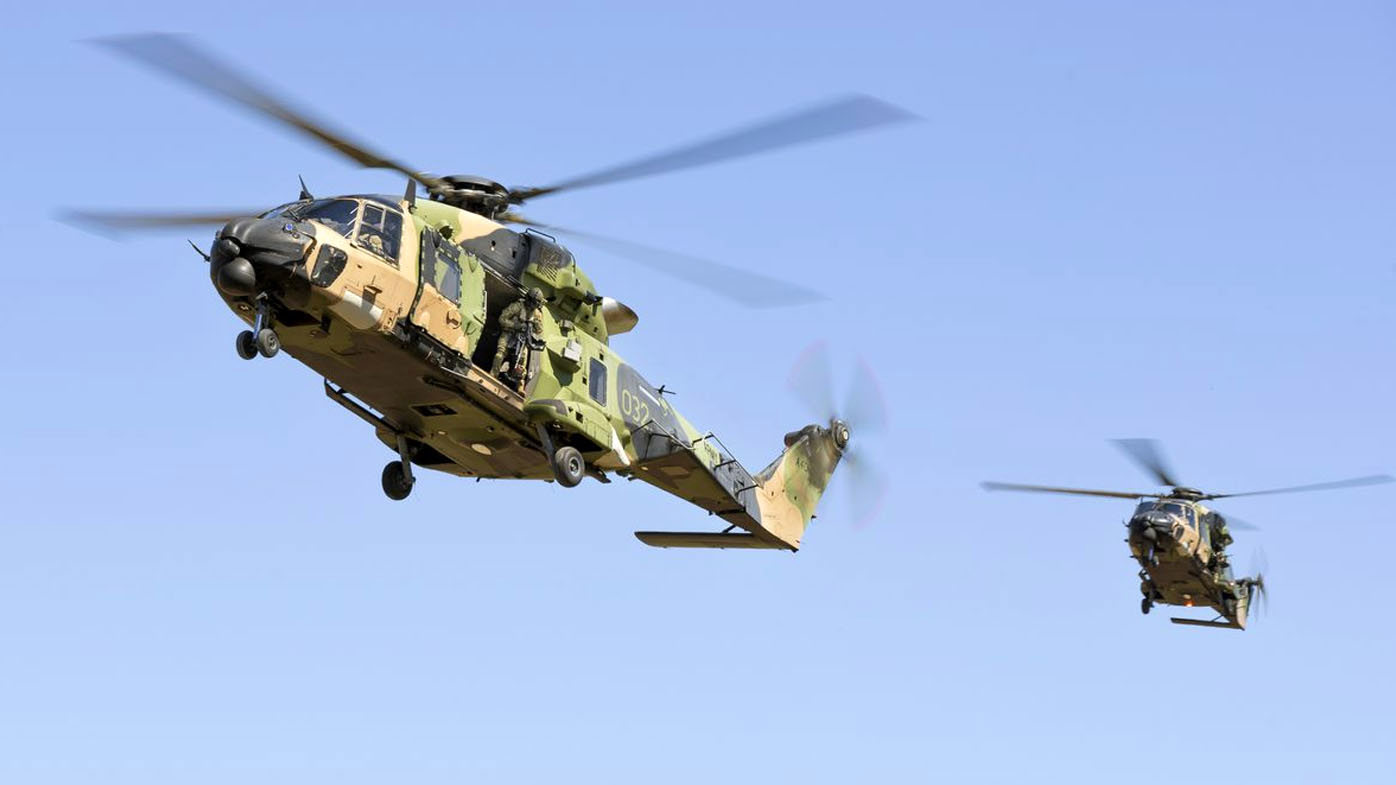
Neither Lyons nor Nugent appeared to have noticed that during the climb, the orientation of aircraft shifted from 5 degrees nose up to 5 degrees nose down – a 10 degrees shift.
At 10:36:19, Bushman 83 reached the top of its climb, now much higher than the three other helicopters in the formation. It is six seconds from disaster.
Unaware that the pitch attitude had shifted from nose up to nose down, Lyon used the controls to pitch down, exacerbating the so-called "pushover".
The aircraft went into a quickening descent, hitting the water at 10:36:25 – 21 seconds after it began to climb.
When it hit to water it was travelling at 259kmh. Lyon, Nugent and aircrew Warrant Officer Phil Laycock and Corporal Alex Naggs were killed instantly.
The DFSB report found that in the split seconds before the crash, when the aircraft was in its fatal plunge, Lyon realised Bushman 83 was at risk of crashing into Bushman 82 and took immediate diversionary steps, rolling the aircraft to the right.
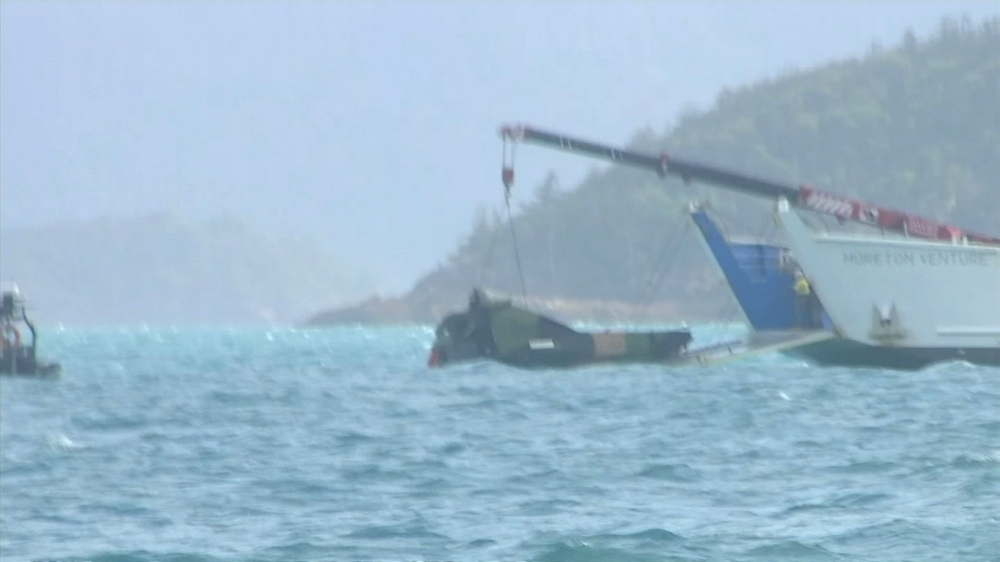
"During the two and a half seconds after the pushover, (flight data recorder) analysis indicates that the relative distance between the two aircraft decreased from approximately 100 metres to 50 metres," the DFSB report says.
"In response to this increasing closure, it is likely (Lyon) acted to avoid a potential mid-air collision with BSMN 82 by executing an avoidance turn to the right."
Lyon's actions in these last seconds, when his own aircraft was "not recoverable", likely saved the lives of the four airmen in Bushman 82.
Since the July 2023 crash there has been much focus on the hi-tech TopOwl helmets used by the pilots that night.
The latest software upgrade for the TopOwl, HMSD v5.10, was found to carry significant risks, according to an experienced test pilot with the Army Aviation Test and Evaluation Section (AATES).
The test pilots found that the helmet was a "substantial risk of multiple deaths" and an "unacceptable risk to flight safety" because when pilots looks to the left or the right, the pitch and roll displays inverted.
Despite this stark warning, TopOwl 5.0 was put into service when Army Aviation conducted its own tests in benign conditions, finding it safe to deploy.
DFSB confirmed that TopOwl had its problems but said it was likely not responsible for Lyon becoming spatially disoriented.
"While both AATES and Standards Section test and evaluation reports agreed that there were deficiencies relating to attitude presentation, the two agencies disagreed on the severity of the hazard," DFSB said.
"Regardless, the investigation determined that it was very unlikely the known hazards relating to the HMSD v5.10 contributed to the loss of Spatial Orientation.
This conclusion was based on the Line of Sight of the BSMN 83 pilots, which was slightly offset from the aircraft's longitudinal axis, and that the pilots were likely looking 'through' the HMSD symbology to maintain attentional focus on BSMN 82."
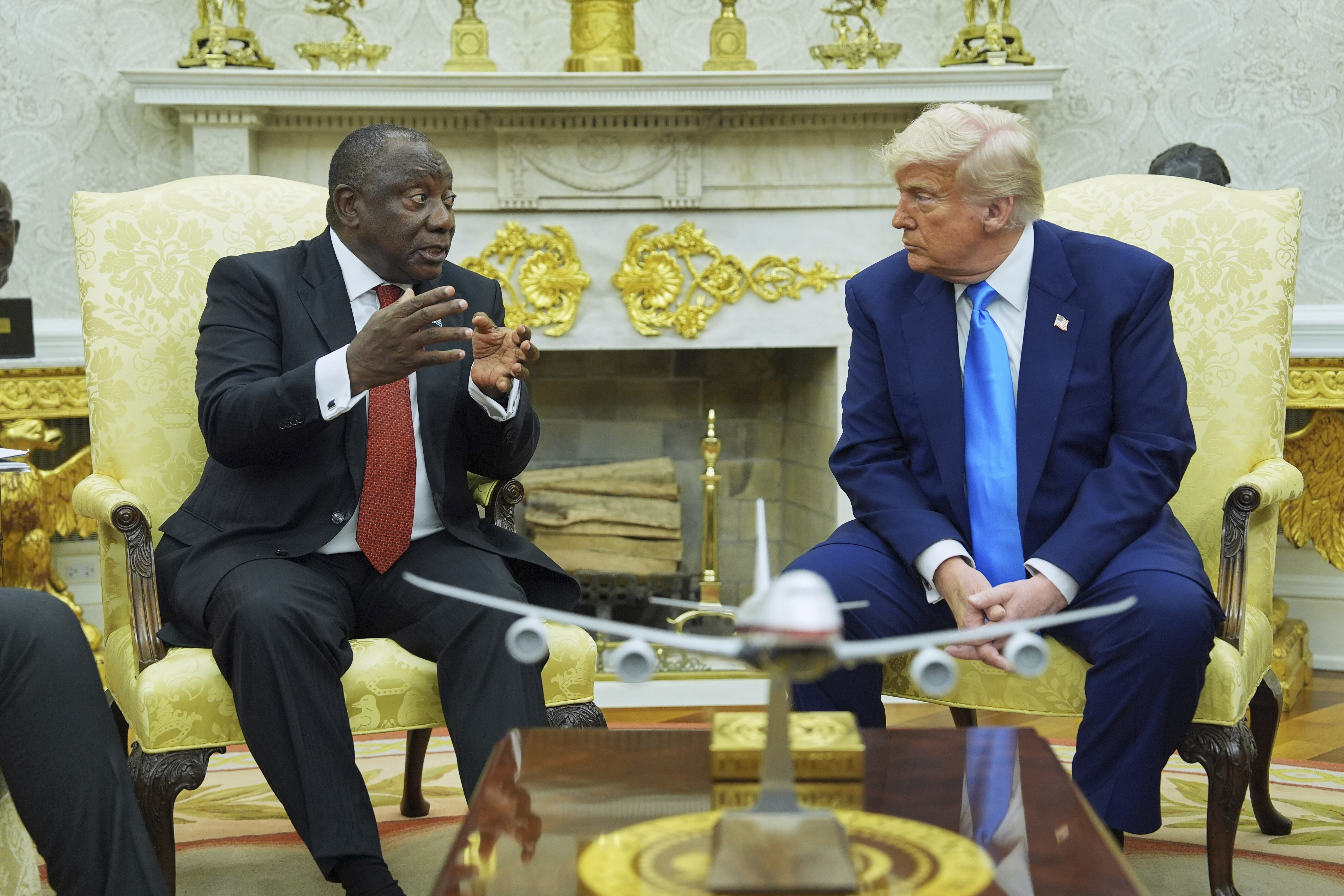 Trump confronts South African leader with baseless white farmer kill claims
Trump confronts South African leader with baseless white farmer kill claims
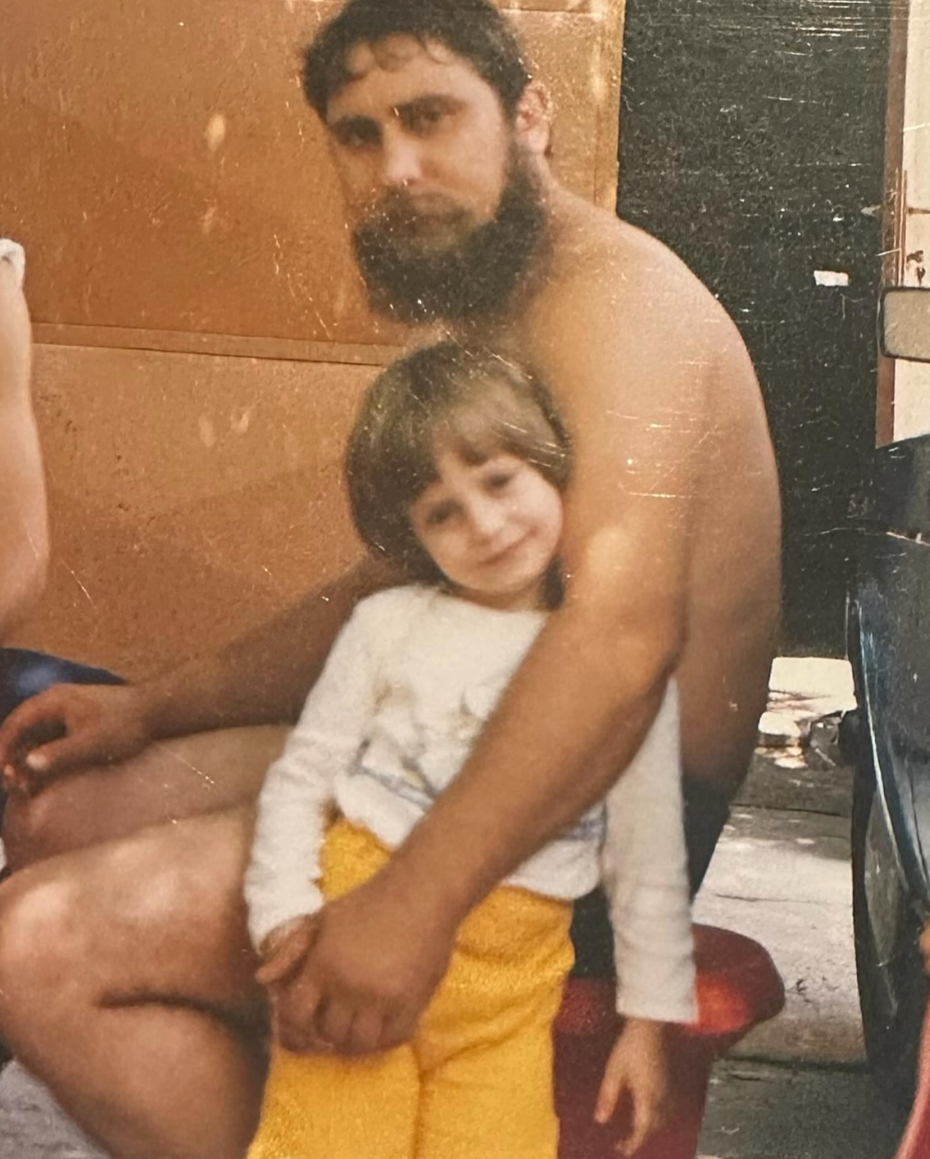 Jelena Dokic's father and ex-coach Damir dies
Jelena Dokic's father and ex-coach Damir dies
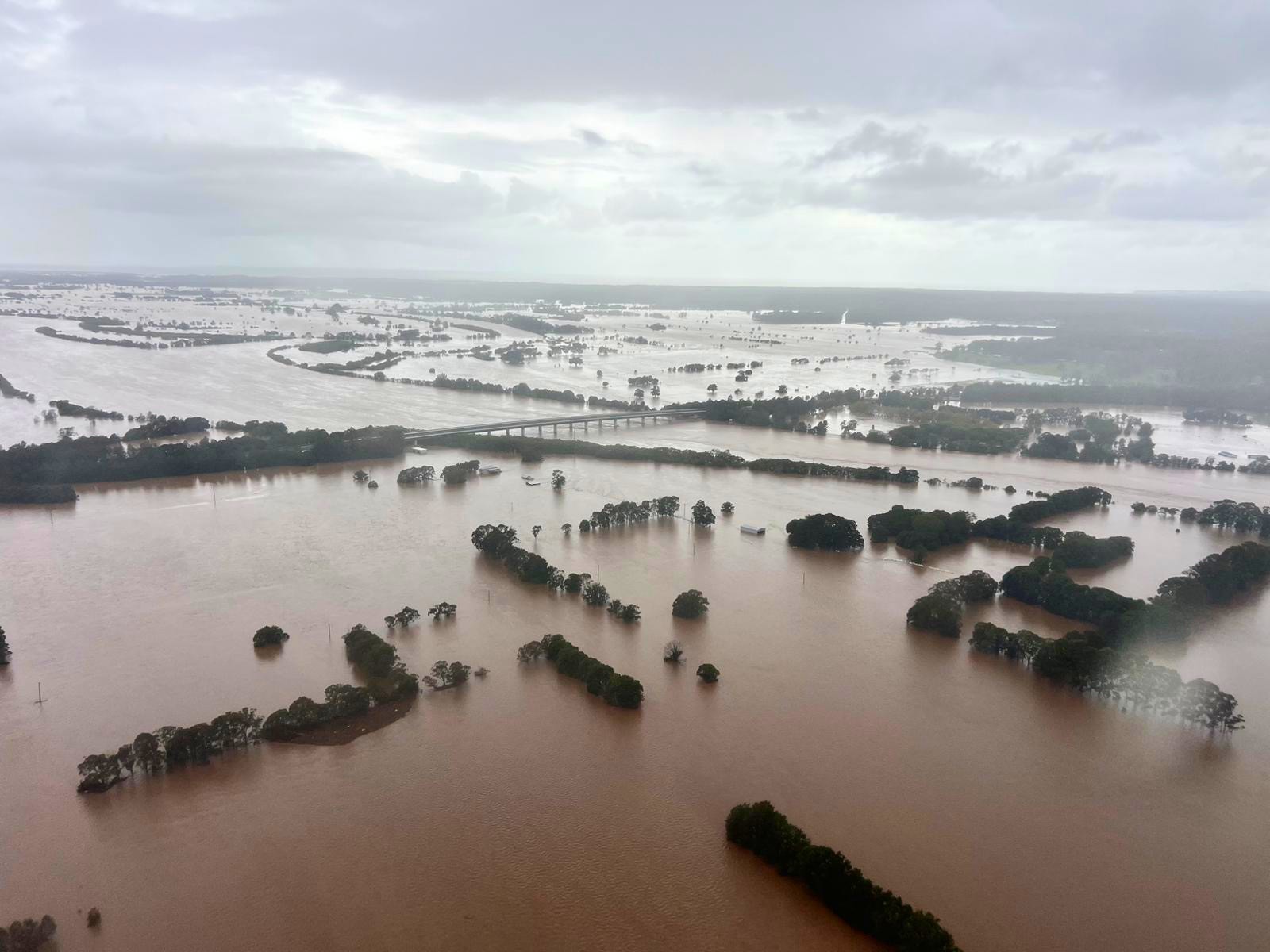 Nearly 50,000 people isolated in NSW flood disaster
Nearly 50,000 people isolated in NSW flood disaster
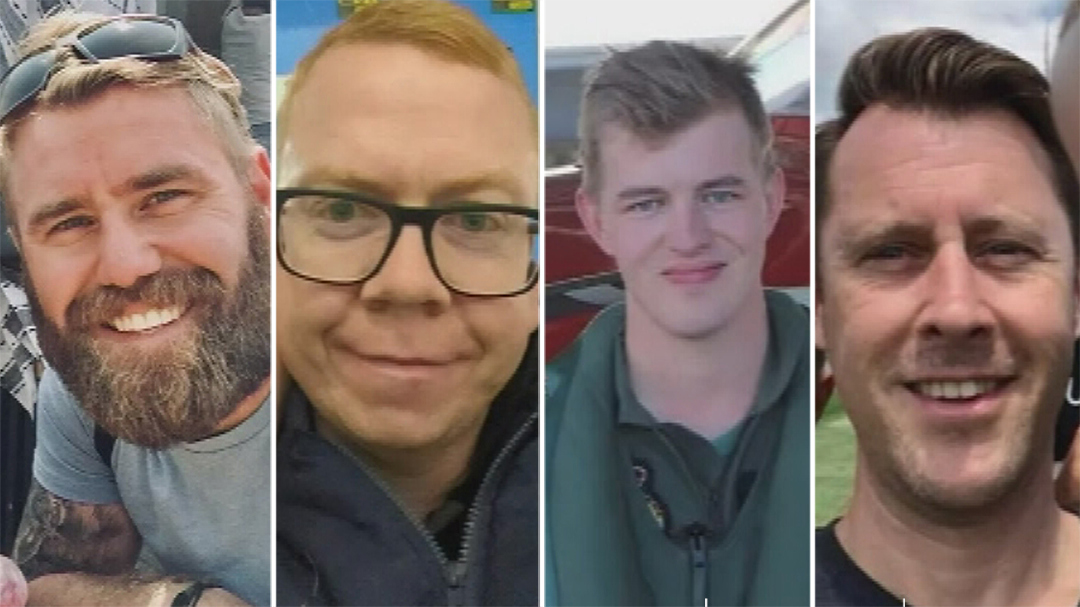 'Spatial disorientation' to blame for fatal army helicopter crash, probe finds
'Spatial disorientation' to blame for fatal army helicopter crash, probe finds
 Aussie activewear brand collapses after more than ten years
Aussie activewear brand collapses after more than ten years
 UK court orders singer Chris Brown freed on $10.4 million bail in assault case
UK court orders singer Chris Brown freed on $10.4 million bail in assault case
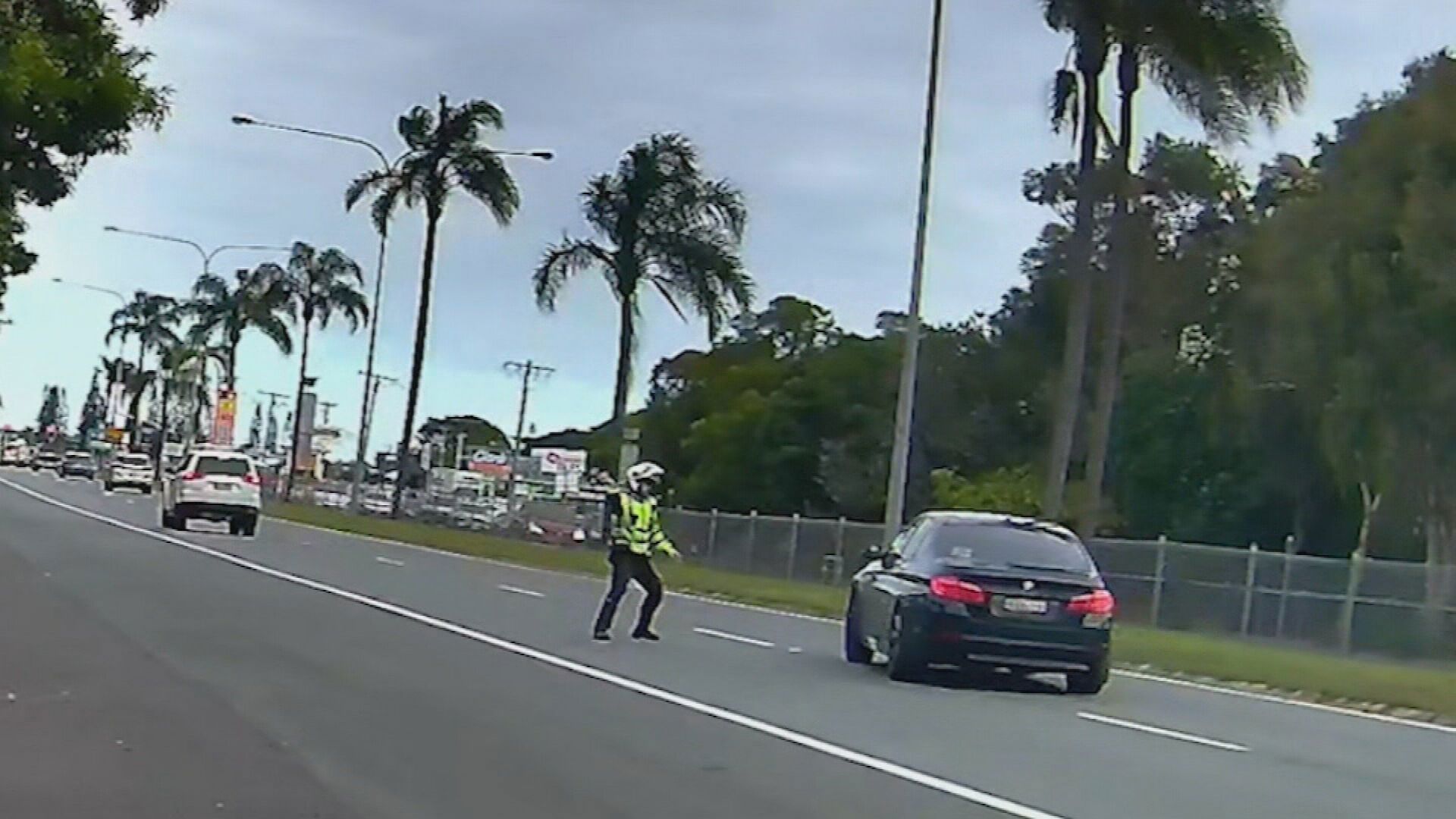 Police officer claims self-defence after radar-throwing video
Police officer claims self-defence after radar-throwing video
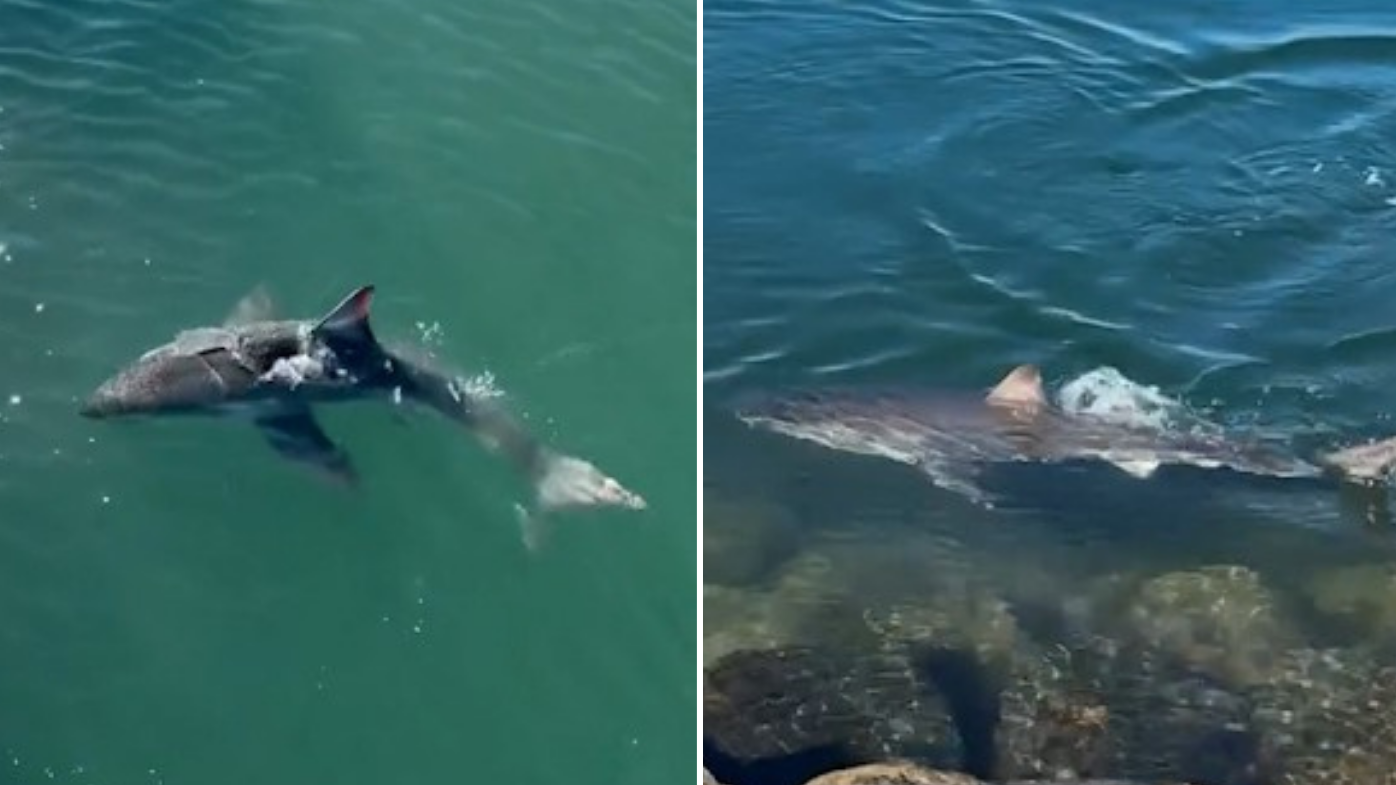 'Definitely a sight': Skipper spots two-metre great white shark by his boat
'Definitely a sight': Skipper spots two-metre great white shark by his boat
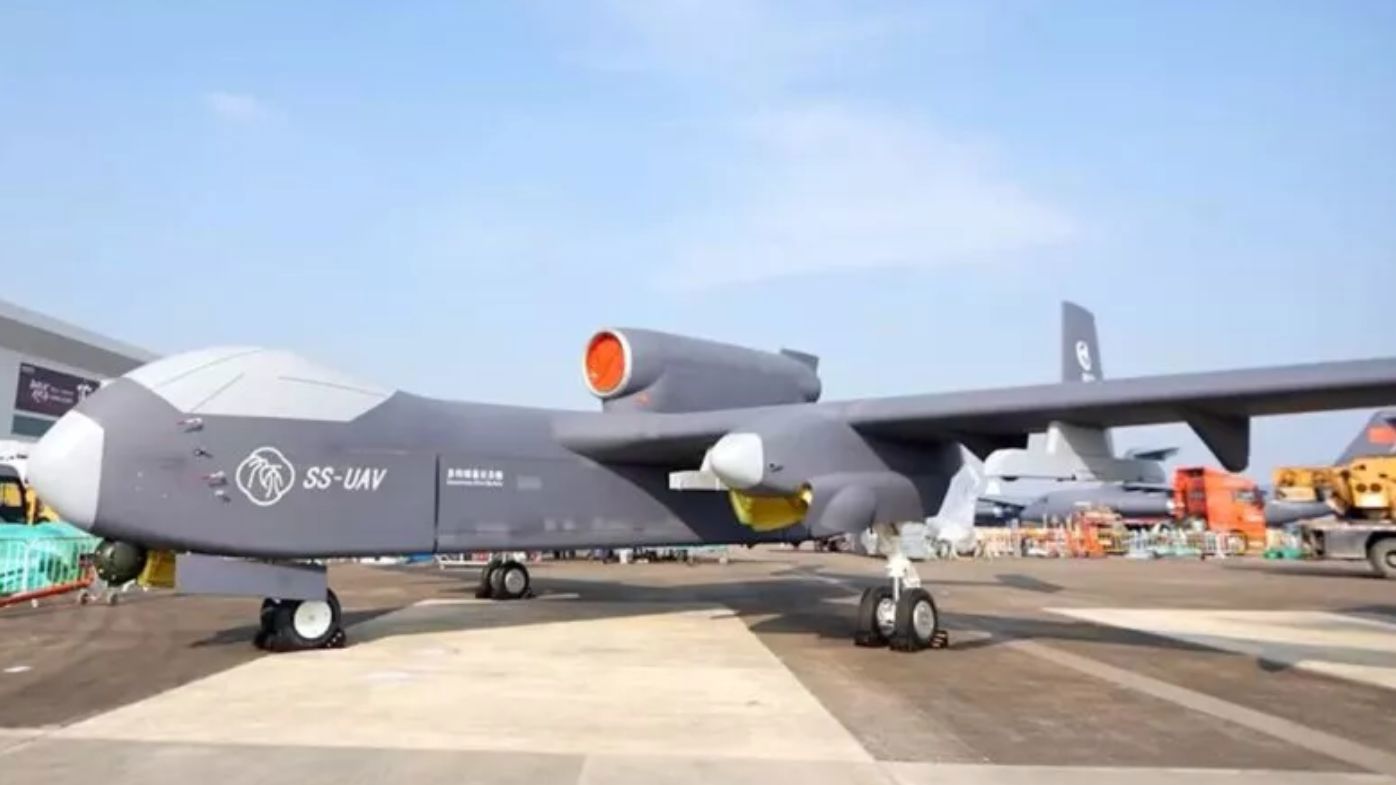 New Chinese 'mothership' drone expected to make test flight
New Chinese 'mothership' drone expected to make test flight
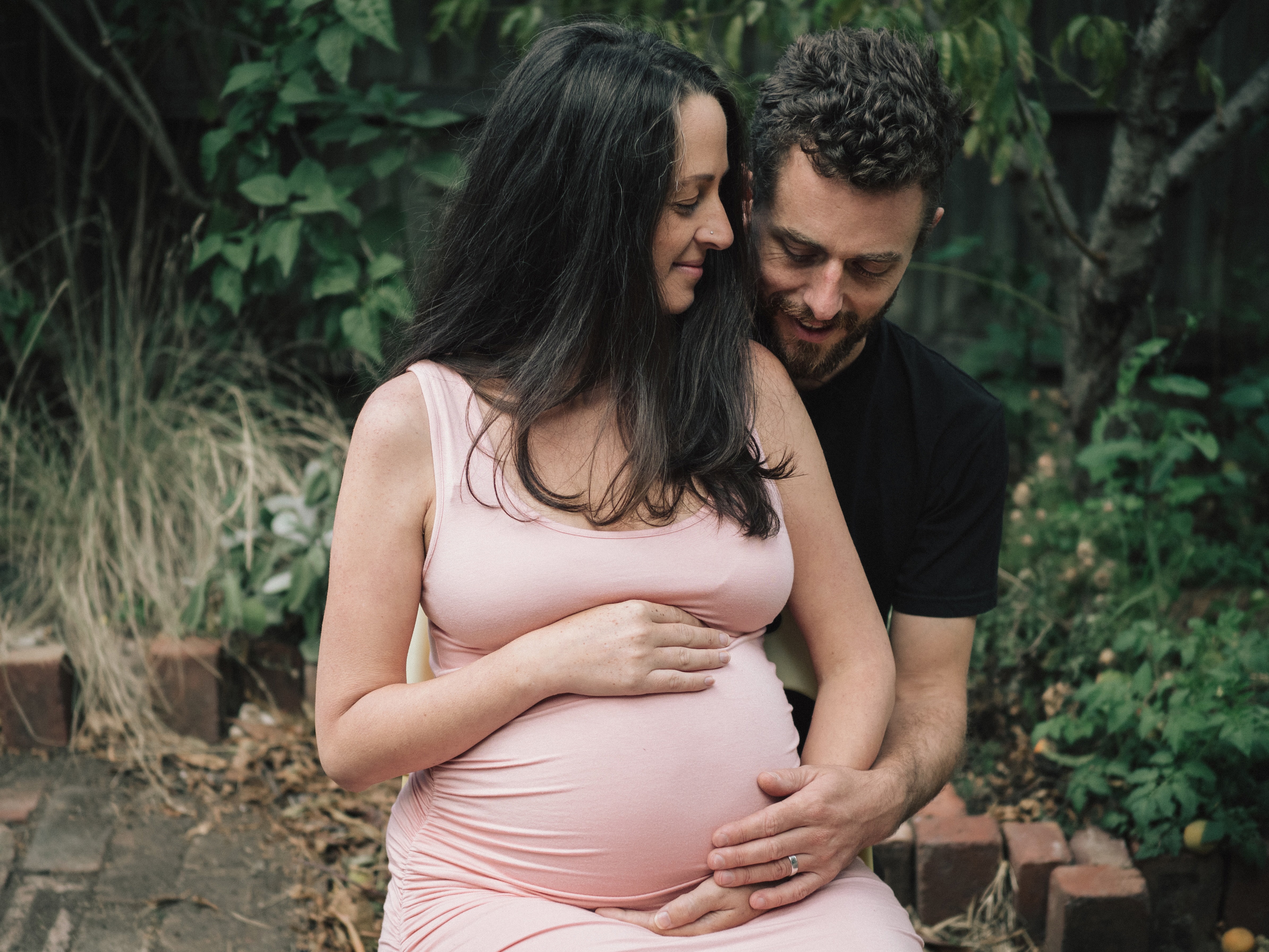 One medical procedure sent Dusk back to 'the darkest time' of her life
One medical procedure sent Dusk back to 'the darkest time' of her life
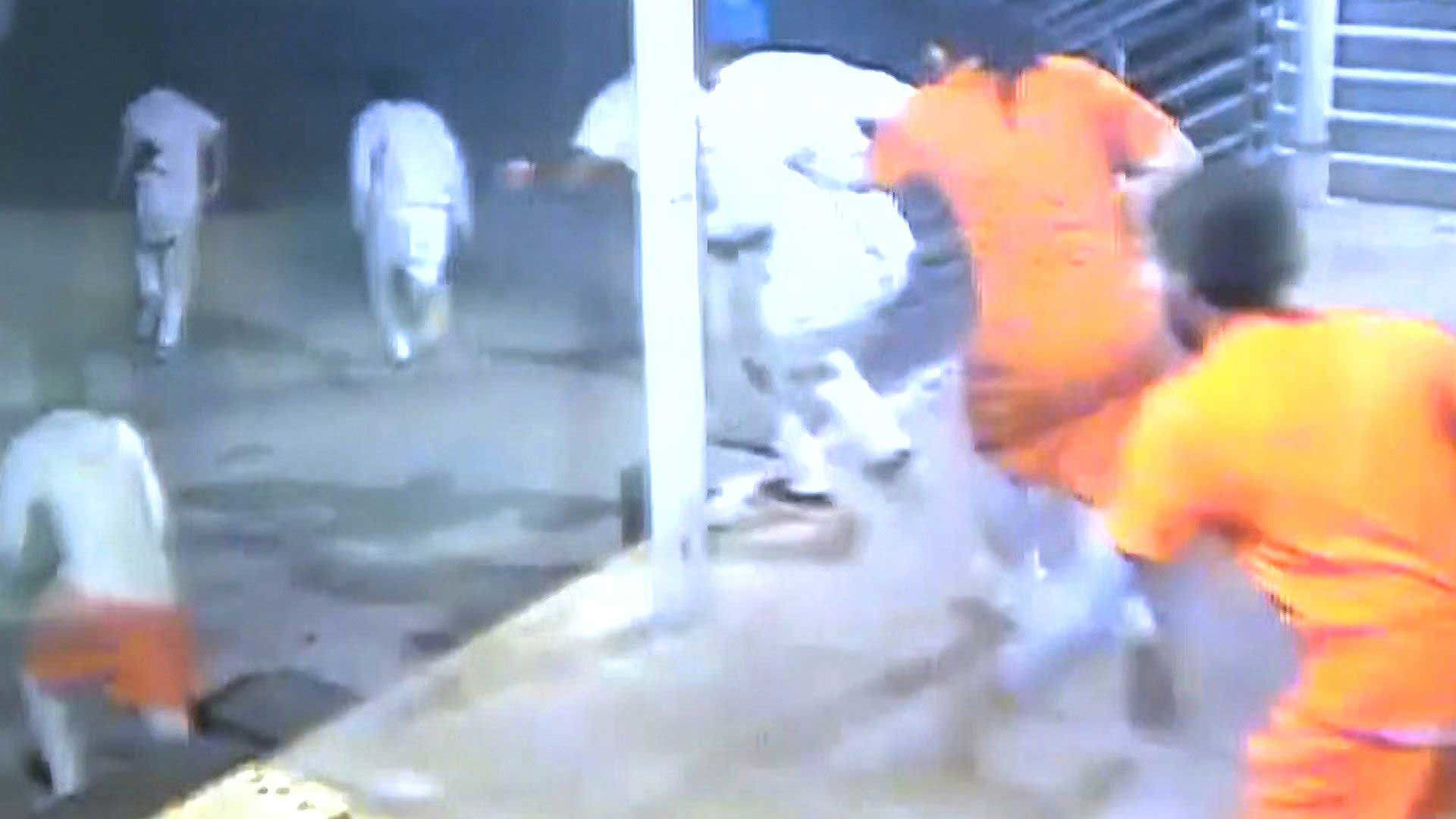 Maintenance worker arrested after 10 inmates escape US jail
Maintenance worker arrested after 10 inmates escape US jail
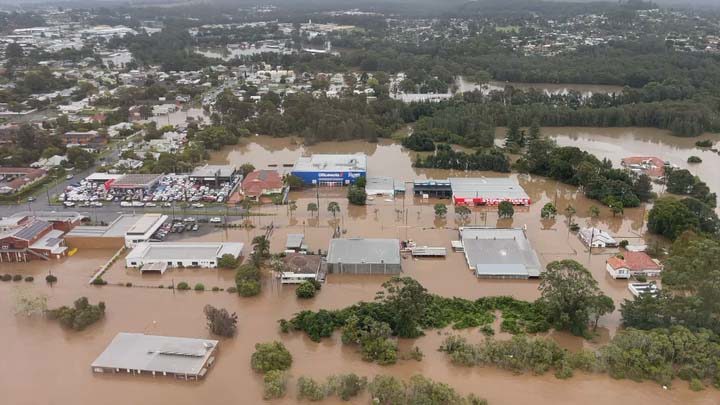 Floods engulf town centre with warnings of worse to come
Floods engulf town centre with warnings of worse to come
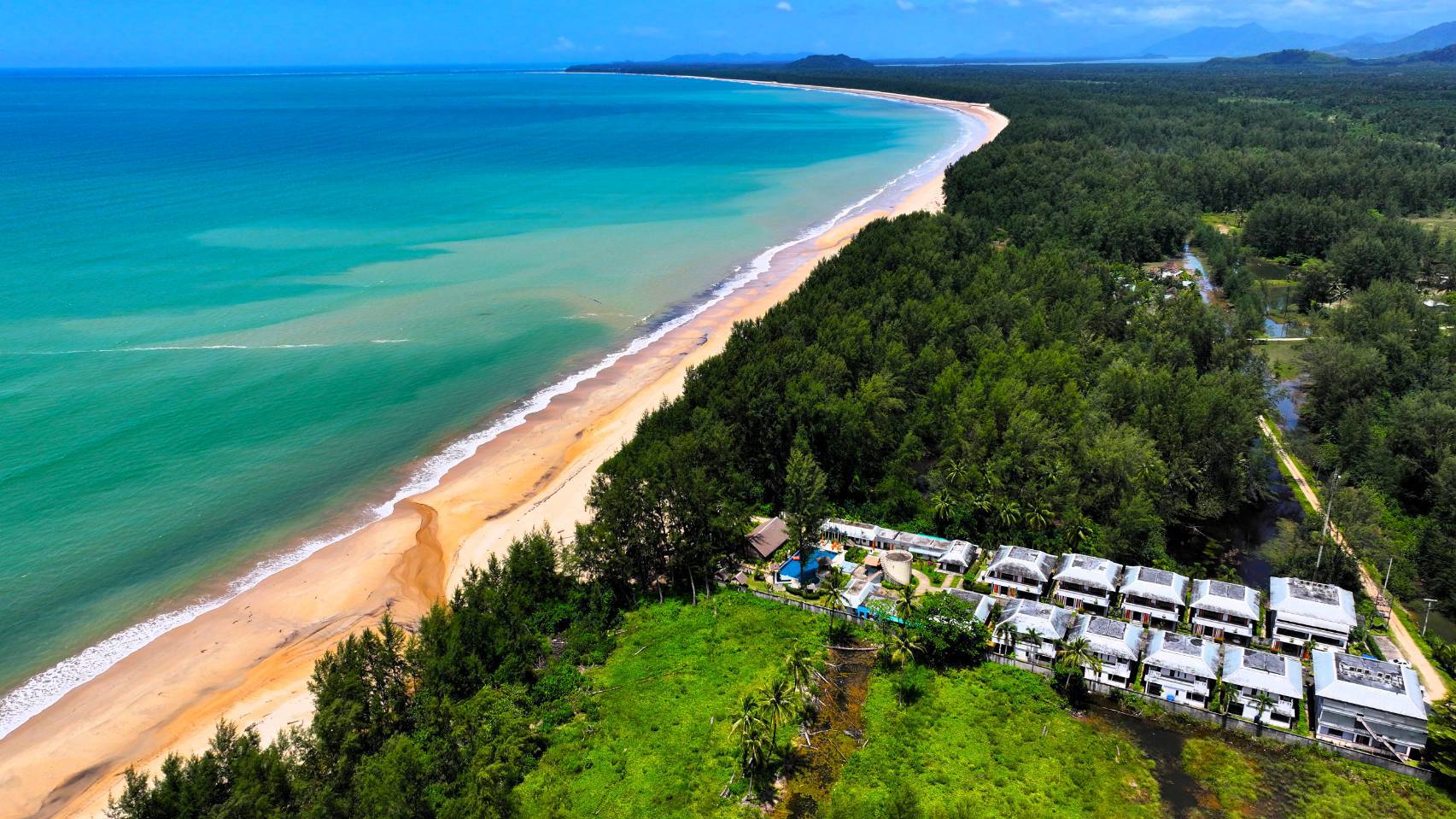 Australian beach makes list of top 25 nude beaches worldwide
Australian beach makes list of top 25 nude beaches worldwide
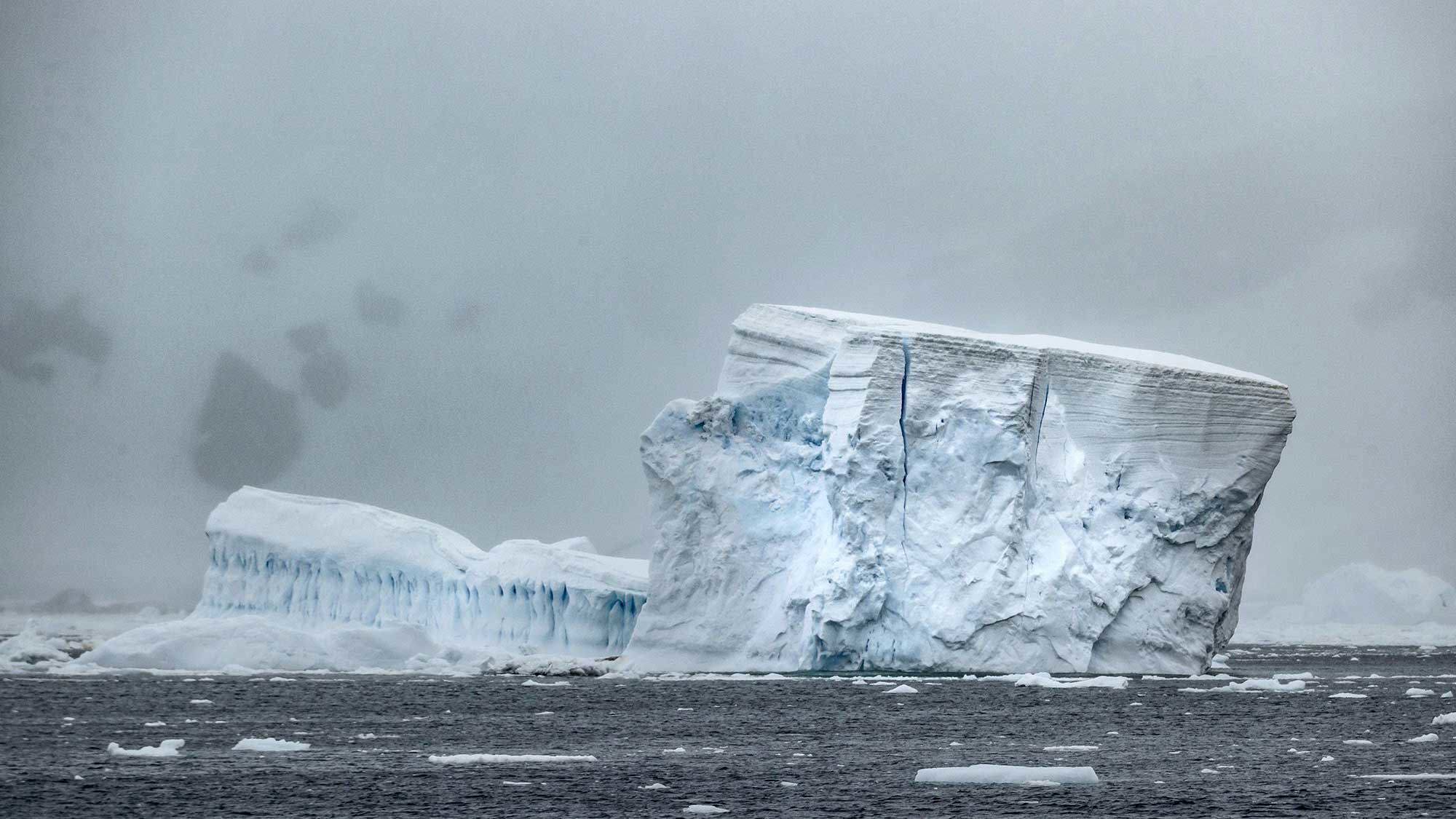 The world's ice sheets just got a dire prognosis, and coastlines will pay the price
The world's ice sheets just got a dire prognosis, and coastlines will pay the price
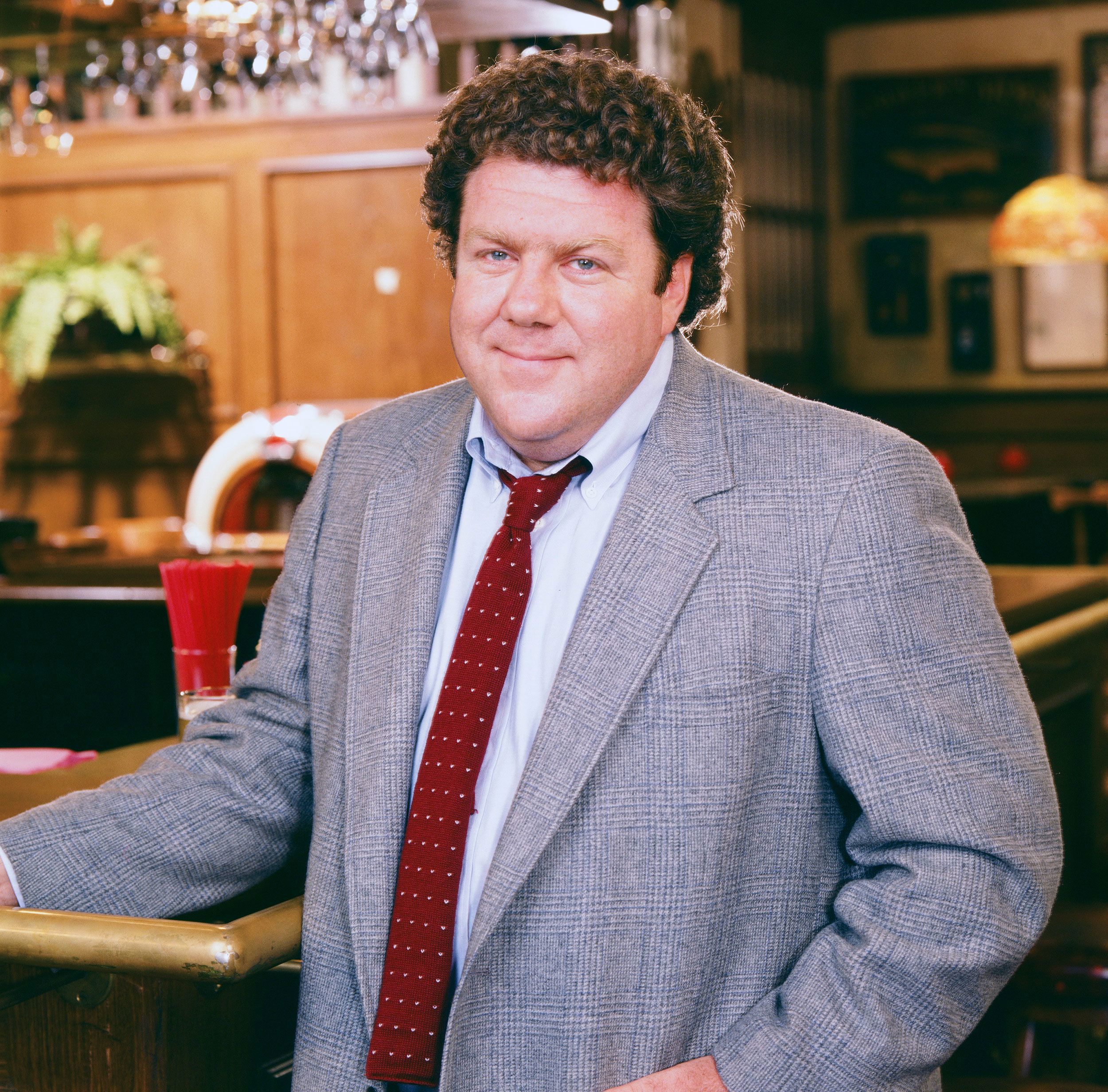 George Wendt, actor who played Norm on 'Cheers,' dead at 76
George Wendt, actor who played Norm on 'Cheers,' dead at 76


